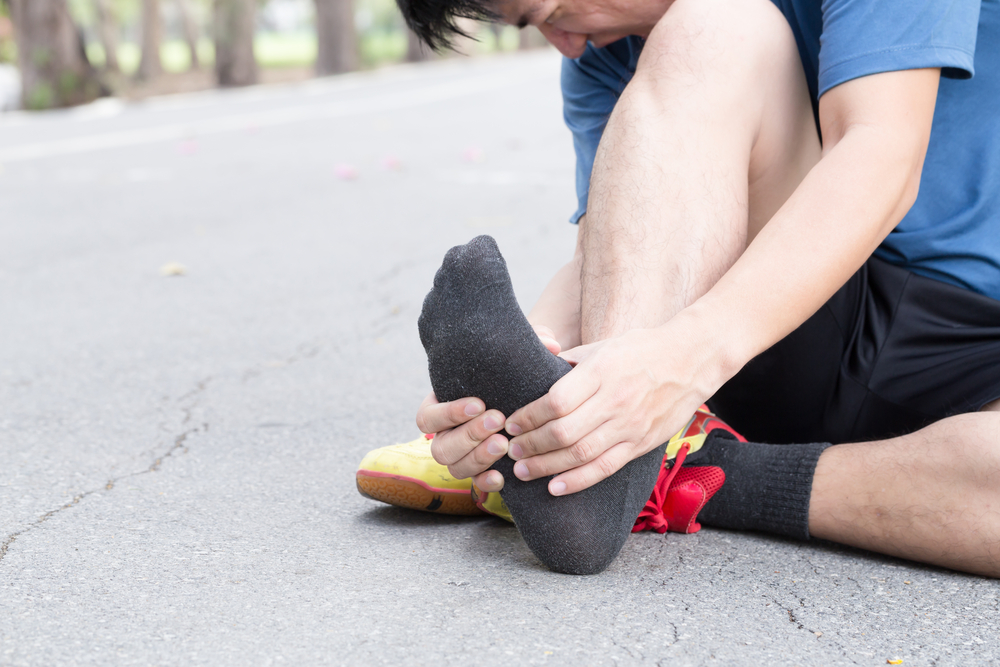
Common Foot Problems in Kids
Any parent would want their children to grow up healthy and strong. However, there is always the possibility that a child can develop foot problems or deformities.
Although most of these conditions can be fixed without any direct help, it is important that parents seek professional help so they are aware of what they can do to correct these issues.
Below are the most common types of foot problems kids can have as they grow up.
Flat Feet
Flat feet is a condition that most babies are born in, with their feet eventually developing arches as they grow up. However, some children do not experience this development.
There are usually no problems involved with flat feet, but doctors will start to consider treatment if it starts to become painful. Wearing special footwear, such as high-top shoes, are not recommended since they do not affect the development of the arch.
Pigeon Toes
Also known as in-toeing, a child with this condition walk with their feet turned inward. Kids with pigeon toes will often trip way more compared to normal children. Children that do so often have internal tibial torsion, which is when the lower part of the leg is rotated inwards.
Children ages 3 or 4 with in-toeing may develop femoral anteversion, a condition wherein there is a more significant bend in the upper part of their leg. Pigeon toes usually end once the child grows older and as they develop better muscle coordination and control.
Heel Pain
A child that experiences pain in their heel could be a result of plantar fasciitis. This condition happens when there is an inflammation in the thick band of tissue located in the heel bone.
Sever’s disease may also be the culprit for heel pain. With this condition, a child may experience pain, which is linked to a growth plate located at the back of their heel. This pain might also be because of the tightness of their calf muscles and the Achilles tendon when they have growth spurts.
Bow Legs
Being bow-legged, also known as genu varum, is when a person has an exaggerated bending outward of their legs. The bending starts from the knees all the way down and is common in infants. In most cases, the bow legs condition fixes itself as the child grows older.
It can be a sign of a bigger problem if a child still has bow legs when they reach the age of two years and above. Rickets or Blount disease is a common cause for this, which is a bone growth problem due to a lack of vitamin D or calcium.
Rickets can usually be corrected by fulfilling the necessary vitamin deficiency with the proper diet.
Why Trust The Foot Pod?
At The Foot Pod, we have a state-of-the-art clinic together with an experienced doctor who can provide you with the solutions for your child’s foot problem. Dr. Rachel Timmins is a reputable podiatrist that specialises in working with children that have issues with their feet.
If you’d like to know more, book an appointment now by giving us a call at (08) 9246 7292 or send Dr. Rachel an email at drtimmins@thefootpod.com.au. See you soon!
